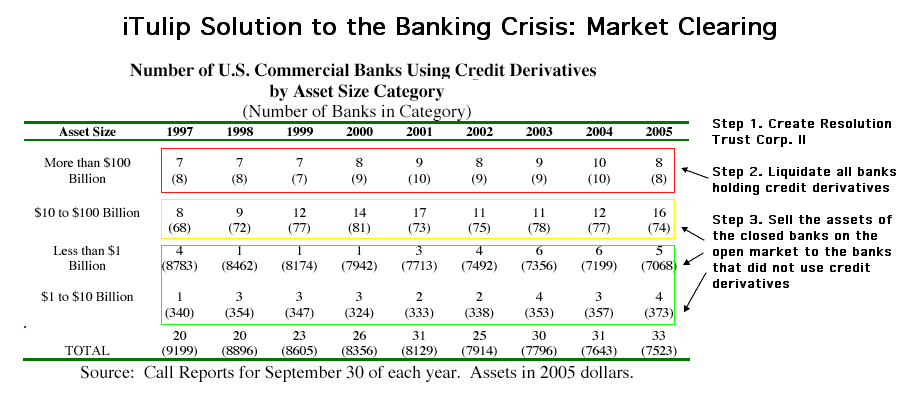Re: 2008 Review in Pictures and 2009 Forecast - Eric Janszen
I am a little bigger than most people so that may be why I want to know when we get to hear about jump ball? Looking forward to it
Hey it says "Senior iTuliper" under my name!! Just for your info I'm only a year or so older than Ej!! It should say Spring Chicken!
I am a little bigger than most people so that may be why I want to know when we get to hear about jump ball? Looking forward to it
Hey it says "Senior iTuliper" under my name!! Just for your info I'm only a year or so older than Ej!! It should say Spring Chicken!


Comment